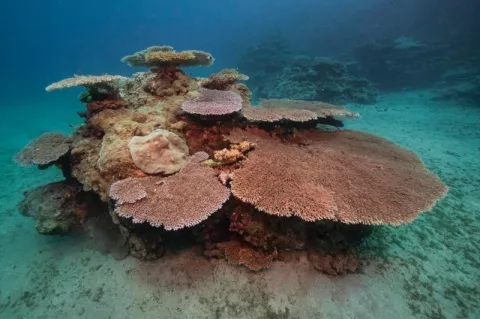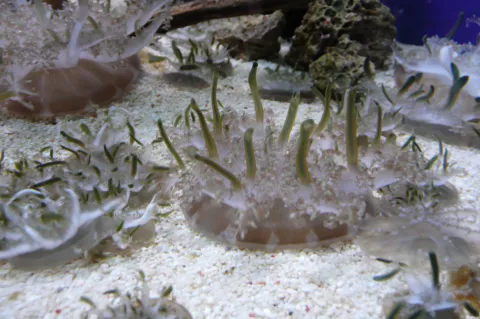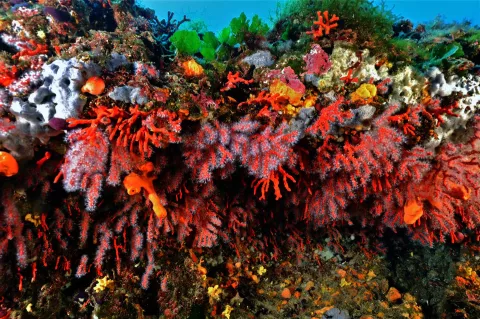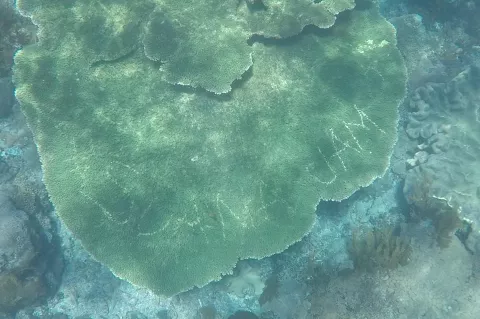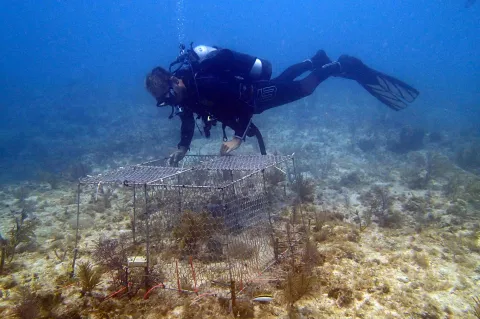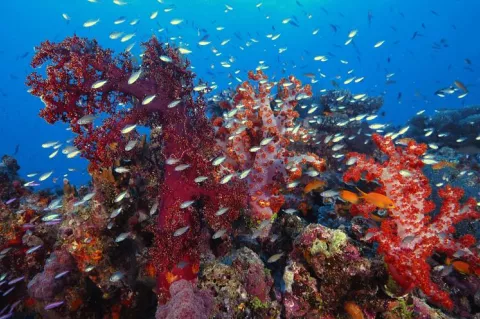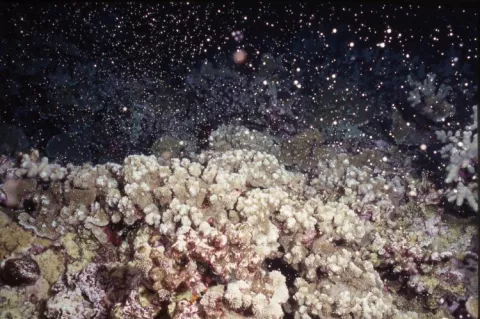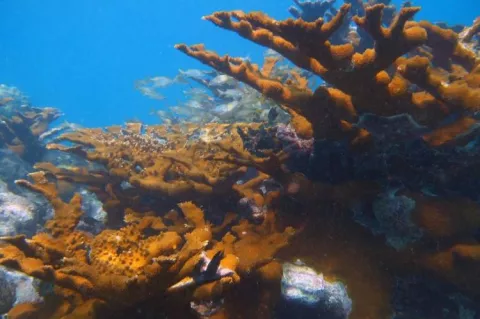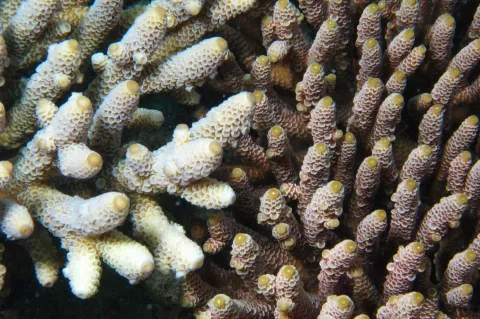New coral species discovered along the Great Barrier Reef
Scientists from Queensland Museum (QM), University of Technology Sydney (UTS) and the King Abdullah University of Science and Technology (KAUST) in Saudi Arabia completed a 21-day trip from the Capricorn Bunkers off Gladstone to Thursday Island in the Torres Strait late last year. Scientists discovered dozens of new coral species on a recent voyage along the length of the Great Barrier Reef.
“On almost every dive we were finding species that aren’t in the books"
Professor Andrew Baird, James Cook University

